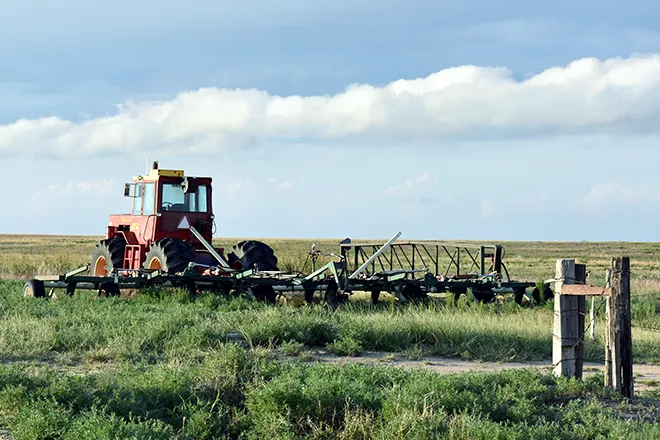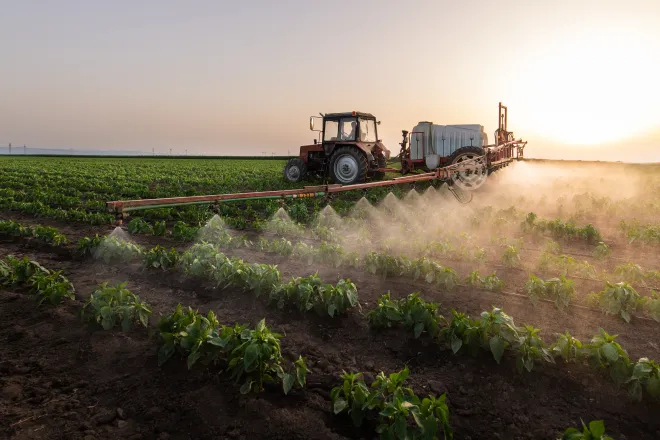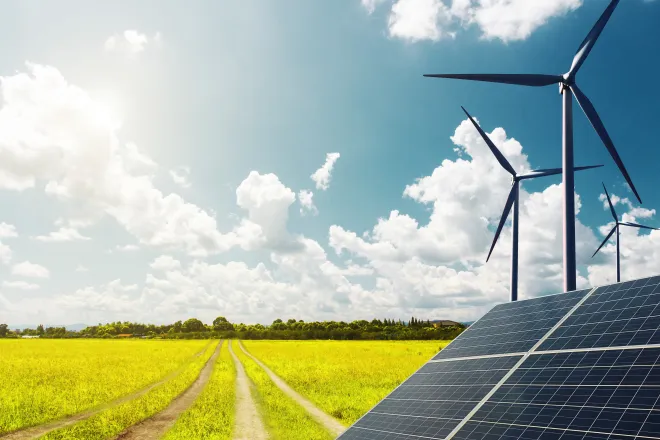
Water-deprived grasslands could benefit from solar shade, study finds
Click play to listen to this article.
In 2026, North Dakota could see construction of its first utility-scale solar farm and as it dips its toes into this form of renewables, researchers are out with findings about the connection between solar panel shade and water-starved grasslands.
A study led by experts with Colorado State University said in dry years, partial shade from panels increases plant growth by about 20 percent. North Dakota has an abundance of grasslands, including drought-tolerant species, but the state just emerged from a lengthy dry period.

Matt Sturchio, postdoctoral associate at Cornell University and faculty affiliate at Colorado State University, who helped author the study, said the findings suggested a balanced approach in utilizing this tool beyond capturing energy from the sun.
"We need more natural ecosystems than solar development can facilitate," Sturchio pointed out. "But I do think that there are plenty of opportunities where solar development can actually be the key to unlocking the opportunity for more restoration in some of these spaces."
Recent droughts have put more stress on North Dakota's vast collection of grasslands, including wildfire risks. Experts said the careful balance coming into play is in more temperate environments, or when wetter weather returns, solar panels can reduce the availability of sunlight for plant growth, despite their environmental benefit as a non-carbon energy source.
Sturchio noted the Great Plains have a long history of dealing with dry periods but native plants can only take so much when droughts become more extreme.
"For example, in Colorado, the shortgrass prairie, which is getting closer and closer to a tipping point, where we're seeing a lot of native species getting more and more stressed out because of (the) heat and because of drought," Sturchio observed.
Sturchio stressed to maximize the shade potential from solar panels, landowners and operators could change their position to provide cover when air temperatures rise or configure them to let more light in during key parts of the growing season.
Meanwhile, one of North Dakota's pending solar initiatives, known as the Fort Abercrombie project, just received regulatory approval and officials said construction could begin as early as next spring.















